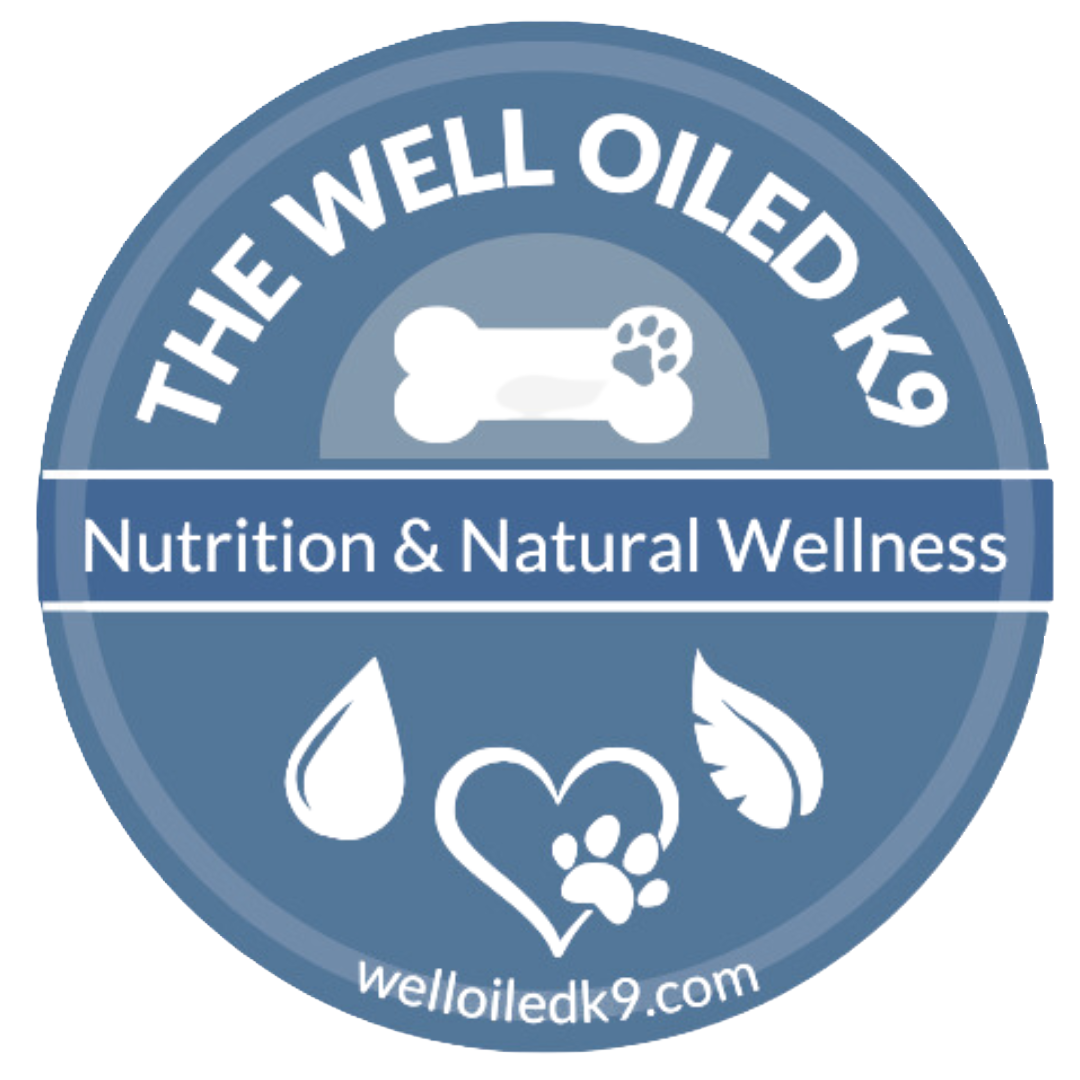Common Herbs In Dog Kibble
What Are They Doing There?
When pet parents flip over the back of a kibble bag and see ingredients like rosemary, thyme, or turmeric, it can feel both comforting and confusing. We tend to associate herbs with fresh, holistic wellness—but what role are they really playing in dry, shelf-stable food?
Let’s break down some of the most common herbs found in dry dog food and explore why they’re used, what they may (or may not) contribute, and what to consider as you evaluate your dog’s nutrition.
Why Are Herbs Added to Kibble?
There are a few reasons why pet food companies incorporate herbs into their dry recipes:
Natural Preservatives – Some herbs like rosemary and sage have antioxidant properties that help slow spoilage.
Palatability – Herbs can add aroma and flavor to make kibble more appealing.
Functional Additions – Companies may market certain herbs as digestive aids, immune supporters, or anti-inflammatory agents.
Marketing Buzz – Let’s be honest: a sprinkle of herbs can make a kibble sound healthier than it really is.
Common Herbs You'll See on Labels
Rosemary
Used primarily as a natural preservative. Rosemary extract contains antioxidant compounds that can slow the oxidation of fats, helping kibble stay “fresh” longer. However, some dogs with seizure sensitivities may need to avoid it.
Chamomile
Added for its calming properties, but the actual benefit depends on how it's processed and how much is present. Most kibble-based chamomile won’t offer the same soothing support as fresh tea or whole herb blends.
Yucca Schidigera
Not technically an herb, but often lumped in. It’s added to reduce stool odor and support digestive health. While it has some anti-inflammatory compounds, it’s mostly used for waste management.
Turmeric
Popular for its curcumin content, known to support joint health and inflammation. But keep in mind: turmeric needs healthy fats and pepper to be bioavailable—neither of which are typically used correctly in kibble.
Thyme & Oregano
Both offer natural antimicrobial benefits and add a scent profile dogs tend to like. In small amounts, they may help reduce bacterial growth in food... but again, dosage and extraction matter.
Peppermint or Spearmint
These are sometimes used to freshen breath or aid digestion. However, sensitive tummies may not tolerate mint well, especially in dry form.
But Here's the Catch...
The herbs in kibble are typically:
Heat-processed — which can damage or destroy volatile oils and active compounds.
Used in trace amounts — more for flavor or label appeal than for functional benefit.
Not tailored to your dog’s individual needs — which is key to truly therapeutic herbal support.
That doesn’t mean they’re harmful —but it’s important to understand their limitations in this format.
Dana’s Thoughts
I love herbs. I use them daily for nutrition, immune support, inflammation, stress relief, and more—but how we use them matters.
The herbs sprinkled into dry kibble are usually too minimal, too processed, or too generic to offer real health benefits. While they aren't necessarily harmful, they shouldn't be the only way your dog is getting herbal support.
If your dog has specific health concerns—like inflammation, GI troubles, or anxiety—targeted herbal protocols can make a big difference. But that requires intentional selection, proper forms (like teas, tinctures, powders, or fresh), and sometimes pairing with oils or other supports to be effective.
Top 5 Things to Do If You See Herbs in Your Dog’s Kibble
Don’t assume “herbs” = “healthy.” It depends on how they’re used.
Watch for rosemary if your dog has seizures or sensitivities.
Know that some herbs like turmeric may not be bioavailable in dry food alone.
Use this as inspiration to explore real herbal support—outside the kibble bag.
Consider upgrading your dog’s nutrition with whole foods and personalized herbal additions.
Want even more resources, Q&A, and discussions on nutrition? Join my community forum. Free and Subscription Content.
We talk about what herbs really work, how to use them safely and effectively, and how to build a wellness plan that actually supports your dog’s unique needs.
Statements in this blog have not been evaluated by the FDA. Educational content only. Not intended to diagnose, treat, cure, or prevent any disease.

